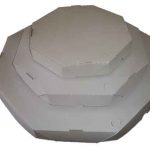The dental field is changing dramatically as a result of new technologies. The wise dentist thinks about and, when appropriate is able to adapt to these developments but only with an understanding knowledge of the legal issues involved.
Digital radiography, for instance is replacing X-rays by tools that provide Full Report more precise visualization while the patient is exposed to less radiation. In addition, intraoral cameras enable dentists to take clear pictures of hard-to-see regions in the oral cavity. This allows patients to be more aware of the options available to them and help them to take better care of their own oral health at home.
Other innovations include CAD/CAM systems which allow the efficient creation of custom-made crowns and bridges without the necessity of messy molds. Dental lasers are used for a variety of reasons, including precision gum contouring, painless cavity detection, and many more. The development of biomaterials that are more resistant to wear and tear and that can be matched in color and transparency to the natural teeth of patients is a new approach to tooth restoration and periodontal disease treatment.
Teledentistry allows elderly, disabled and those living in remote areas to have access to dentistry. A telehealth platform enables dentists to take pictures, make clinical notes and consult with patients using video chat software. Dental laboratories are also being transformed by 3D printing. This allows the printing of custom-designed surgical guides and prosthetics. This speedily reduces turnaround time and allows for better, more accurate fitting restorations.








